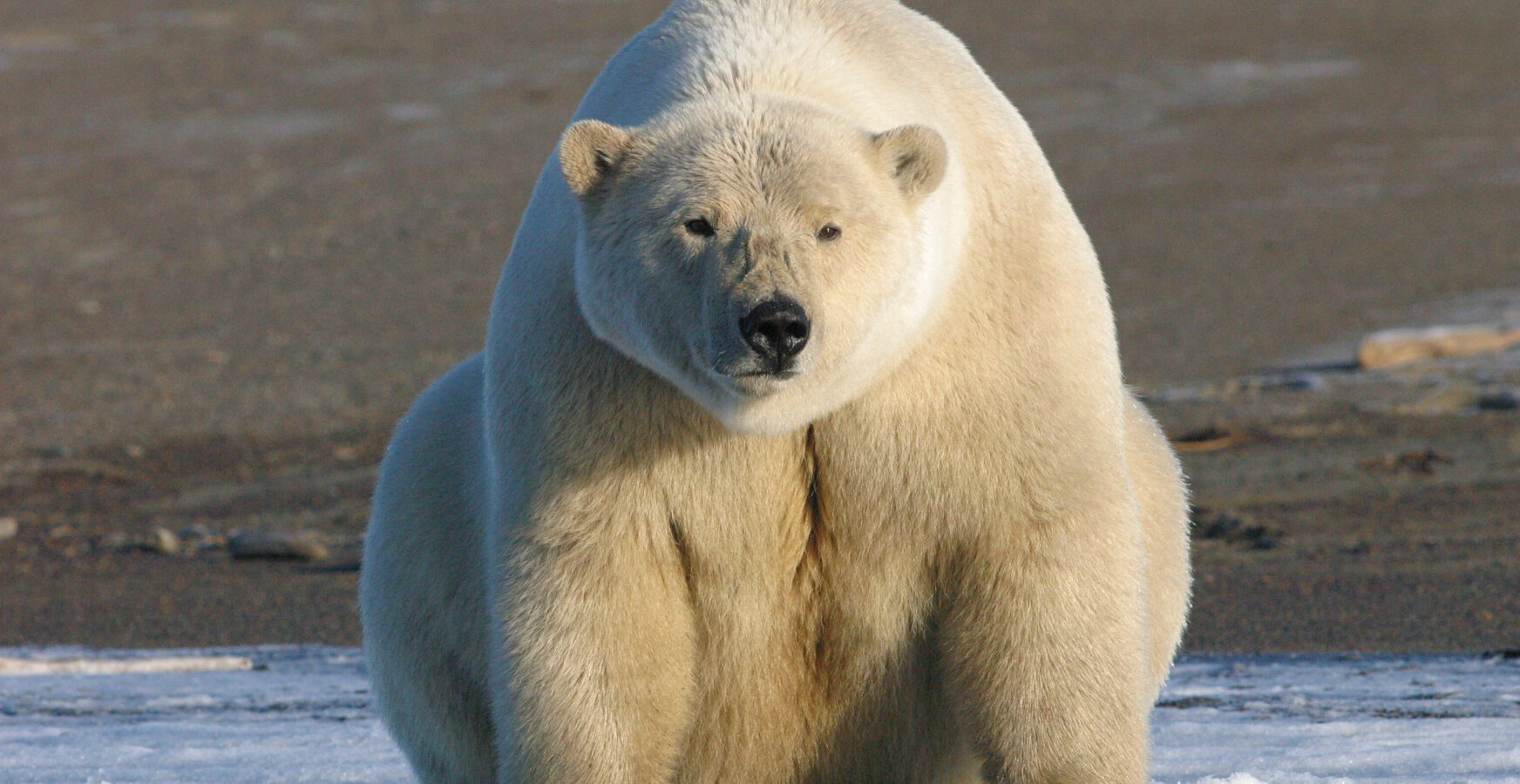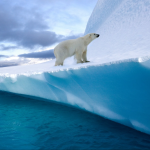The 20th working meeting of the IUCN/SSC Polar Bear Specialist Group (PBSG) was held at the School of Aquatic and Fisheries Sciences, University of Washington, Seattle, WA, USA, 10-14 June 2024. The PBSG met to review and discuss current science informing the status of the world’s polar bear subpopulations.
New scientific information showed that a group of polar bears in southeast Greenland is the most isolated and genetically distinct in the world and spend much of the year on freshwater ice in fjords. This group of polar bears was recently recognized by the Government of Greenland as a new subpopulation and subsequently protected. The PBSG has also now recognized Southeast Greenland as a new subpopulation. In addition, the PBSG updated the status of four other subpopulations based on new information. Of the now 20 polar bear subpopulations, 10 are data deficient, 3 are likely decreasing, 5 are likely stable, and 2 are likely increasing. Currently, polar bears are listed as Vulnerable under the IUCN Red List, the PBSG noted that it will review this status in 2025.
The PBSG noted that polar bears are an important subsistence resource for Indigenous people and expressed concerns about a change in harvest management in Nunavut, Canada, which affects roughly two-thirds of the global population. The harvest management system was changed to allow for an up to 50% increase in female harvest via a change in the allowable sex ratio of the harvest from two males for every female to an up to 1:1 male-female ratio. Females are critical to population growth and a higher female harvest may cause the harvest to be biologically unsustainable resulting in subpopulation declines. In addition to the PBSG identifying this practice as potentially unsustainable, it noted that this may also affect other jurisdictions that share subpopulations with Nunavut. These changes could contribute to polar bears meeting biological and trade criteria under the Convention on International Trade in Endangered Species that would qualify the species to be moved from Appendix II to Appendix I. This would prohibit the legal trade in polar bear products and could have negative socioeconomic impacts on communities that harvest polar bears.
Research conducted over the past four years and reviewed by the PBSG continued to show that the loss of sea ice, which is the primary habitat of polar bears, remains the primary threat to the persistence of polar bears. Sea ice loss directly affects polar bear access to their seal prey and results in increased land use and associated human-bear conflicts across the Arctic as food-stressed bears seek foods closer to communities, camps, and in dumps.
Although current information available on polar bears is among the most comprehensive to date, the PBSG recognized that in some jurisdictions scientific tools such as capture and satellite telemetry are no longer being used. The PBSG noted that, as the Arctic warms, a variety of scientific methods will be required to collect the information necessary for the long-term conservation of polar bears, which is needed to inform management decisions and to support cultural and subsistence use by indigenous communities. In particular, identifying subpopulation boundaries and movement of bears between subpopulations, both on and off land, are critical to subpopulation assessments and mitigating bear-human conflict. This requires polar bear location data that can only be obtained by capture and deployment of tracking devices.
In addition to being a Specialist Group under the auspices of the Species Survival Commission of the International Union for the Conservation of Nature, the PBSG is also the independent scientific advisor to the five Polar Bear Range States. The proceedings from this meeting, as well as future updates to the status of the world’s subpopulations and news items, will be posted on the PBSG’s website: https://www.iucn-pbsg.org/
Last modified: July 7, 2024

